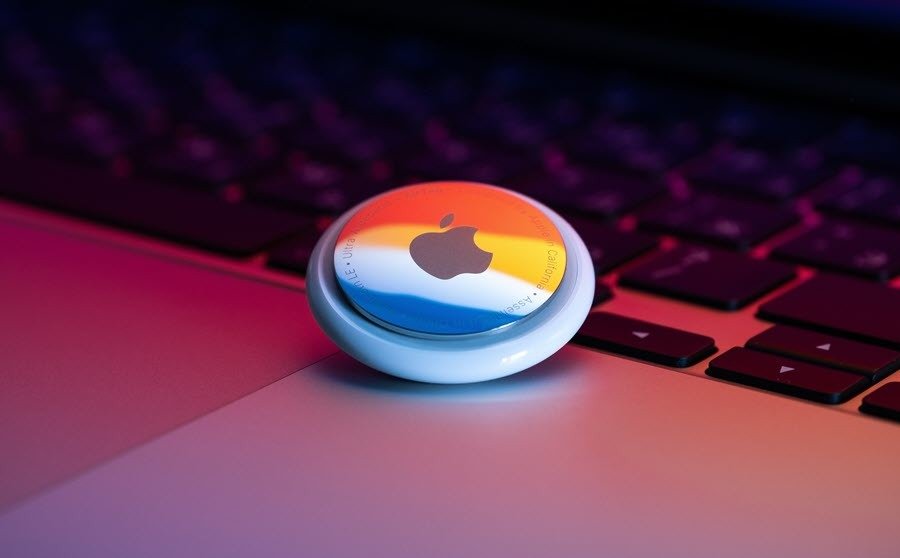Apple AirTag Review: Next-Generation Tech in a Humble Tracker
On the outside, Apple’s new AirTag looks like a ho-hum product that we have all seen before. It’s a disc-shaped tracking gadget that can be attached to items like house keys to help you find them. But inside, the story gets far more interesting. The airbag, which Apple introduced last week, is one of the first consumer electronics to support a new wireless technology, ultrawideband, which lets you detect precise proximity between objects. Using ultrawideband, your iPhone can sense whether an AirTag is an inch or dozens of feet away from it. It’s so accurate that its app will even show an arrow pointing you toward itowardthe airbag.

Using an ultrawideband to find lost items is just one early example of what the technology can do. That’s far better than other trackers that rely on Bluetooth, an older wireless technology that can only roughly guess an item’s proximity. (More on how this all works later.) Because of its pinpoint-precise ability to transfer data quickly between devices, ultrawideband could become the next wireless standard that succeeds Bluetooth. It could lead to better wireless earphones, keyboards, video game controllers — you name it. “This is the tip of the iceberg,” Frederic Nabki, chief technology officer of Spark Microsystems, a Montreal firm developing ultrawideband technology, said of trackers like the airbag. “It sends its data fast.”
I tested Apple’s $29 AirTag, released on Friday, for about a week. I used the tracker to find house keys, locate my dogs and track a backpack. I also ran similar tests with Tile, a $25 tracker that relies on Bluetooth and tas been around for about eight years. Last week, Tile complained that Apple had copied its product, putting smaller companies at a disadvantage in an antitrust hearing. My tests comparing AirTag and Tile found that ultrawideband was far superior to Bluetooth for finding items. What’s more, the AirTag demonstrated that ultrawideband is next-generation tech that is worth getting excited about.
Here’s what you need to know.
How ultrawideband and Bluetooth work
Ultrawideband has been in development for mover15 years, but it was built into chips for iPhones and other smartphones only in the last two years. Using an ultrawideband to find a tracker works similarly to sonar, which detects objects underwater. You ping the tag, and the title bounces a pingback to your phone. The time it takes for the ping to return is used to calculate the distance between the two objects. But when you use Bluetooth to find a tracker, your phone pushes out a continuous signal in search of it. This technique tells you roughly how far away you are from the tracker. The farther you move away from the tracker, the weaker the movement gets; the closer you move toward it, the stronger it becomes.



